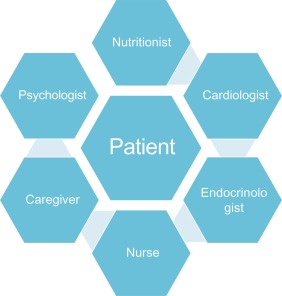Developments in Soil Science, Volume 36, 2019.
Fundamentals of Telemedicine and Telehealth, 2020, Pages 115-126
Bapon (SHM) Fakhruddin, Kate Boylan, Alec Wild, Rebekah Robertson, Chapter 12 - Assessing vulnerability and risk of climate change, Editor(s): Jana Sillmann, Sebastian Sippel, Simone Russo, Climate Extremes and Their Implications for Impact and Risk Assessment, Elsevier, 2020, Pages 217-241, 9780128148952
Neuroprotection in Autism, Schizophrenia and Alzheimer's disease, Volume , 16 October 2019
Contaminants of Emerging Concern in Water and Wastewater Advanced Treatment Processes, 2020, Pages 139-176

